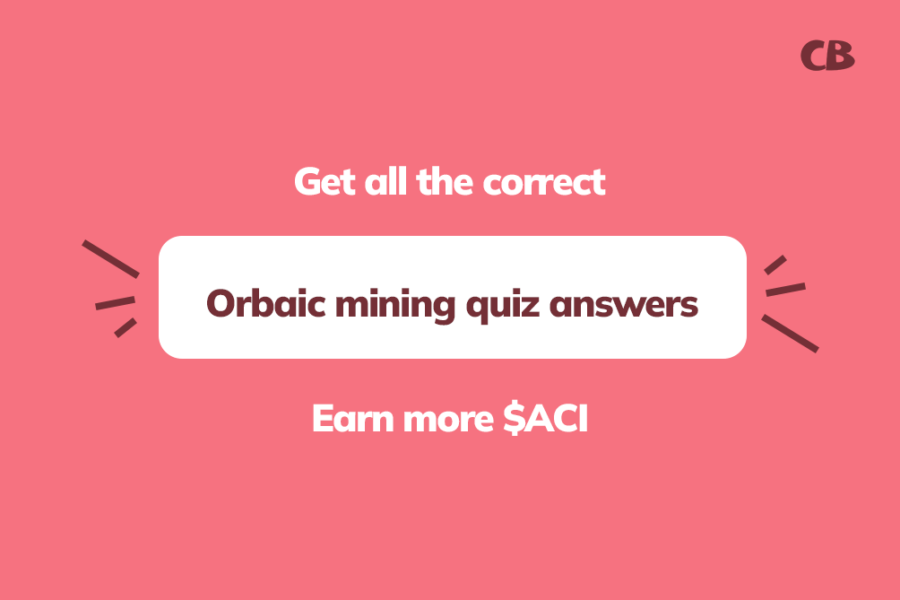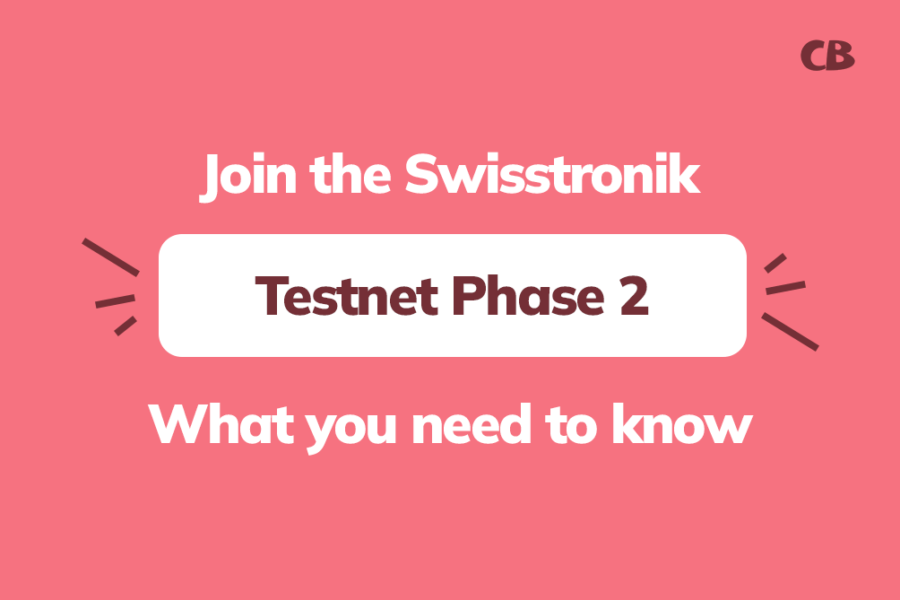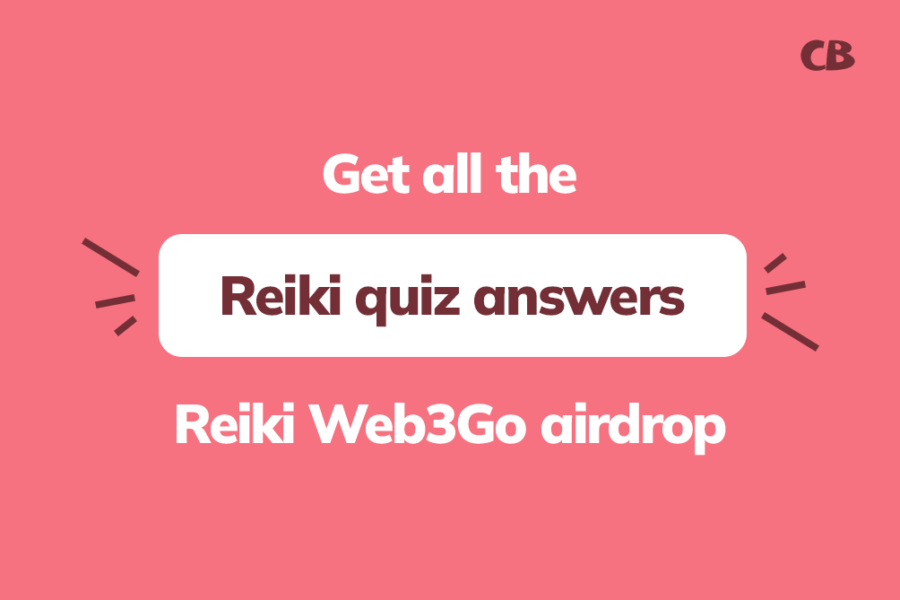Are you finding the ZETA Assimilated 201 Galxe quiz tough after passing the 101 quiz? You’re in luck!
In this post, not only will you find the correct answers to all seven quiz questions, but you’ll also find detailed explanations to back up the answers where necessary.
Note: For each quiz, the correct answer will be formatted in bold italics.
If you haven’t joined ZetaChain yet or you’re unfamiliar with the Galxe campaign, join the ZETA testnet now with thousands of beta testers and earn ZETA tokens before the mainnet launch.
Join the Zeta testnet now to be eligible for the ZetaChain airdrop.
After completing the quiz, it might take up to 12 hours for your wallet to be eligible, so don’t panic if the system hasn’t verified that you passed the quiz. After minting your NFT on Galxe, ensure to get your ZETA Assimilated Discord role in the ZetaChain Guild.
Alright, let’s solve the quiz questions.
ZETA Assimilated 201 Quiz Question 1
What is the current network stage of ZetaChain blockchain?
- Troy localnet
- Sparta devnet
- Athens testnet
- ZetaChain Mainnet
As of the time of this post, we’re at the Athens testnet stage.
Troy localnet was the first stage of the ZetaChain network. It was a private network used by developers to test the ZetaChain software.
Sparta devnet was the second stage of the ZetaChain network. It was a public testnet used by developers and community members to test the ZetaChain software.
Athens testnet is the third stage of the ZetaChain network. It’s a public testnet used by developers and community members to test the ZetaChain software and to prepare for the mainnet launch. In this stage, users are rewarded for testing the platform and providing feedback.
The mainnet is the final stage of the ZetaChain network. It’s the public blockchain that everyone can use and is scheduled to launch in Q4 2023.
Join the Vold Whitelist: Watch this short video for help.
ZETA Assimilated 201 Quiz Question 2
What will be the coin ticker for ZetaChain?
- ZETA
- ZBC
- ZSC
- ZEDA
ZETA Assimilated 201 Quiz Question 3
The ZETA token is used for:
- Nothing — it’s a meme coin
- Paying gas fees for ZetaChain smart contracts & securing the PoS ZetaChain blockchain by bonding/staking/slashing
- Transferring cross-chain communication waves without using the Internet
- None of the above
The ZETA token is the native token of the ZetaChain blockchain and is used for a variety of purposes, including:
- Paying gas fees for ZetaChain smart contracts: When you interact with ZetaChain smart contracts, you’ll need to pay gas fees in ZETA tokens.
- Securing the PoS ZetaChain blockchain: If you hold ZETA, you can stake it to participate in the ZetaChain Proof-of-Stake (PoS) consensus mechanism. By staking your ZETA, you help to secure the ZetaChain blockchain, and you’ll earn rewards.
- Slashing: If a validator misbehaves, they can be slashed, which means that they lose some of their staked ZETA tokens. This helps to deter bad actors and ensure the security of the ZetaChain blockchain.
ZETA Assimilated 201 Quiz Question 4
The name of ZetaChain’s fully transparent blockchain explorer is called:
- ZetaLabs
- ZetaScan
- ZetaDocs
- ZetaChain.com
See also: ZETA Assimilated 101 Quiz Answers
ZETA Assimilated 201 Quiz Question 5
How many Cross-chain transactions are there on ZetaChain’s testnet?
- 2 million+
- 3 million+
- 4 million+
- 5 million+
ZETA Assimilated 201 Quiz Question 6
The ZetaChain blockchain architecture consists of:
- Contributors & VIP Contributors
- ZETA Supporters & Users
- Validators, Observers, & Signers
- Chainlink & a ZetaChain node
The ZetaChain blockchain architecture consists of three main components: validators, observers, and signers.
- Validators: Validators are responsible for maintaining the ZetaChain blockchain and ensuring that transactions are processed correctly. They are also responsible for securing the ZetaChain blockchain by participating in the Proof-of-Stake (PoS) consensus mechanism.
- Observers: Observers monitor the ZetaChain blockchain and report any suspicious activity. They also help to ensure the security of the ZetaChain blockchain by participating in the PoS consensus mechanism.
- Signers: Signers are responsible for signing transactions and ensuring that they are valid. Like the validators and observers, they help secure the ZetaChain blockchain by participating in the PoS consensus mechanism.
Join Debank – another Web3 portfolio tracker with a potential airdrop.
ZetaChain also uses Chainlink as an oracle network to provide real-world data to its smart contracts. This allows ZetaChain smart contracts to be more reliable and secure.
ZETA Assimilated 201 Quiz Question 7
How much crypto was lost in 2022 due to breaches on cross-chain bridges?
- $1.5 billion+
- $2 billion+
- $2.5 billion+
- $3 billion+
Now that you’ve gotten all the correct answers, don’t forget to join the ZetaChain community on Discord and follow the team on Twitter.
Subscribe to my Telegram channel for more updates.


